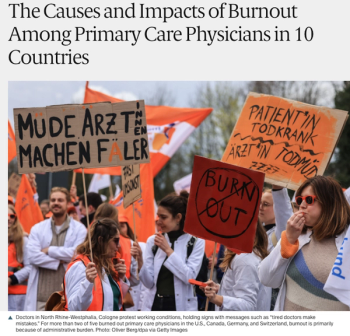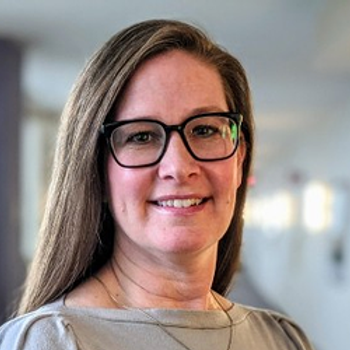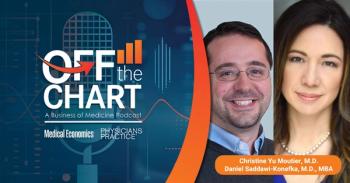
Suicide remains top cause of death among medical residents
Key Takeaways
- Suicide is the leading cause of death among U.S. medical residents, with 29.2% of trainee deaths from 2015-2021 attributed to it.
- Key transition periods, such as the first academic quarter of residency, show heightened vulnerability to suicide among residents.
A new study in JAMA Network Open finds that suicide remains a top cause of death among medical residents — especially in their first months of training.
More than two decades of data on U.S. medical residents show a persistent and troubling pattern: suicide is the most common cause of death during
“These findings call for more effective well-being research and interventions that proactively address distress before it escalates to suicidality,” the authors, led by Nicholas A. Yaghmour, MPP, wrote. “Efforts should focus on mitigating distress during key transition periods and addressing related challenges such as depression,
From 2015 through 2021, 161 residents and fellows died during training. Of those, 47 deaths (29.2%) were by suicide. The median age was just 31.
In the early months of residency
The highest number of suicides occurred during the first academic quarter of the first year of residency. Of the 43 resident suicides (excluding fellows), nine occurred between July and September of intern year.
This suggests that transitions — not just into medicine, but within it — are periods of heightened vulnerability. A second spike in suicides occurred during the final quarter of the second year, a time when clinical responsibilities and career pressures often intensify.
These patterns were also observed in a
Specialty-specific risks
Although suicide was the leading cause of death overall, risk varied by specialty. Pathology had the highest suicide rate — nearly 20 deaths per 100,000 person-years. Anesthesiology residents had the highest rate of deaths from accidental poisoning, at more than 15 per 100,000 person-years. (The term “person-years” reflects the cumulative number of years all residents spent in training during the study window.)
Psychiatry residents had the highest rate of deaths from neoplastic disease and one of the highest overall death rates, underscoring the complex mix of risk factors across specialties. These disparities, the authors noted, support the need for more tailored, specialty-specific wellness interventions.
Suicide rate lower than general public — but still concerning
The study found that resident mortality — across all causes — was significantly lower than in the general population. For example, the suicide rate among male residents aged 30–34 was 5.26 per 100,000 person-years, compared with 23.13 for age-matched peers.
Still, the authors argue, these numbers are no reassurance when suicide remains the leading cause of death during medical training.
No measurable progress since 2017
Following a 2017 ACGME report that first identified suicide as the top cause of death among male residents, medical education leaders expanded access to mental health care, launched wellness programs and revised duty hour and supervision policies. But according to the 2025 follow-up, suicide rates have remained essentially unchanged.
The authors caution against simple explanations. Contributing factors may include persistent
May is Mental Health Awareness Month, and these findings add urgency to long-standing calls for systemic change. Suicide remains the number one cause of death among medical residents — and the crisis continues.
Newsletter
Stay informed and empowered with Medical Economics enewsletter, delivering expert insights, financial strategies, practice management tips and technology trends — tailored for today’s physicians.


















